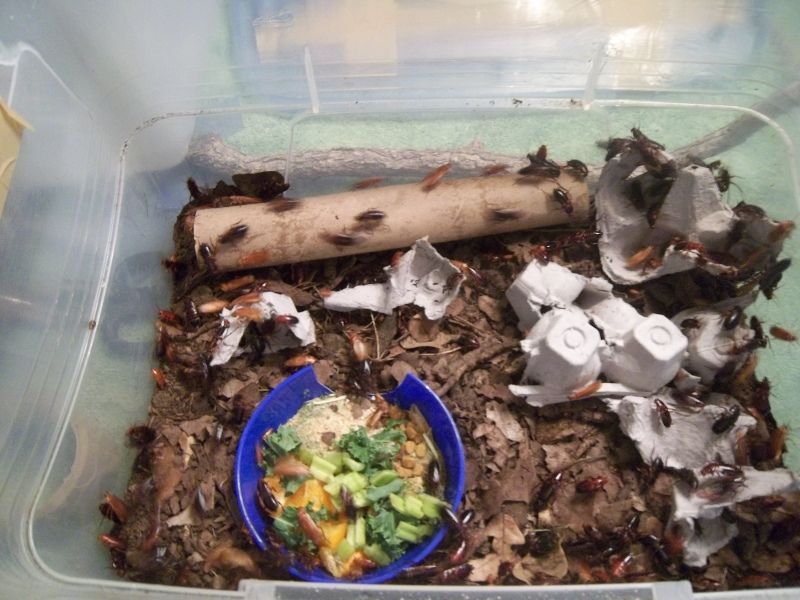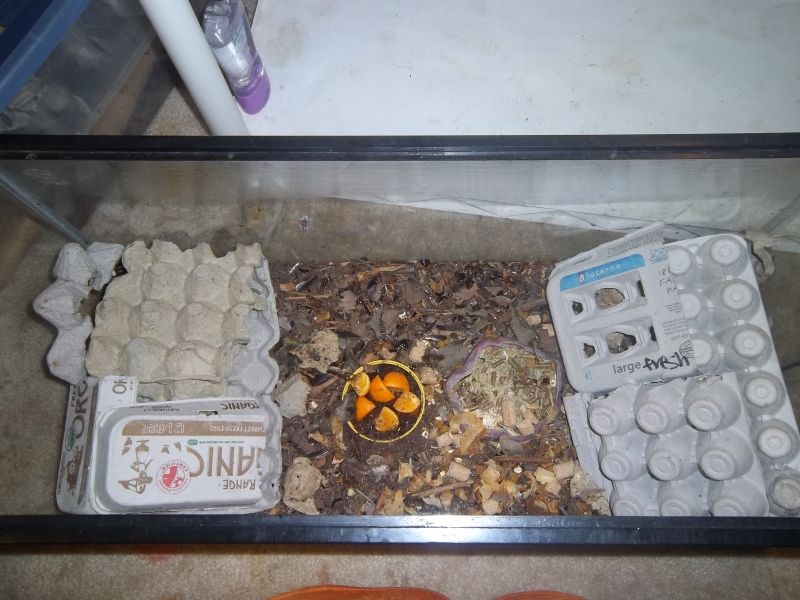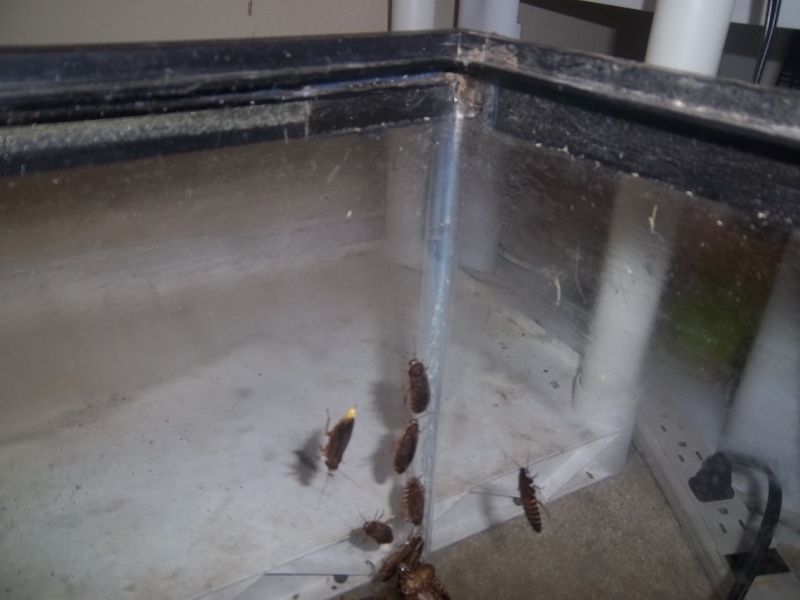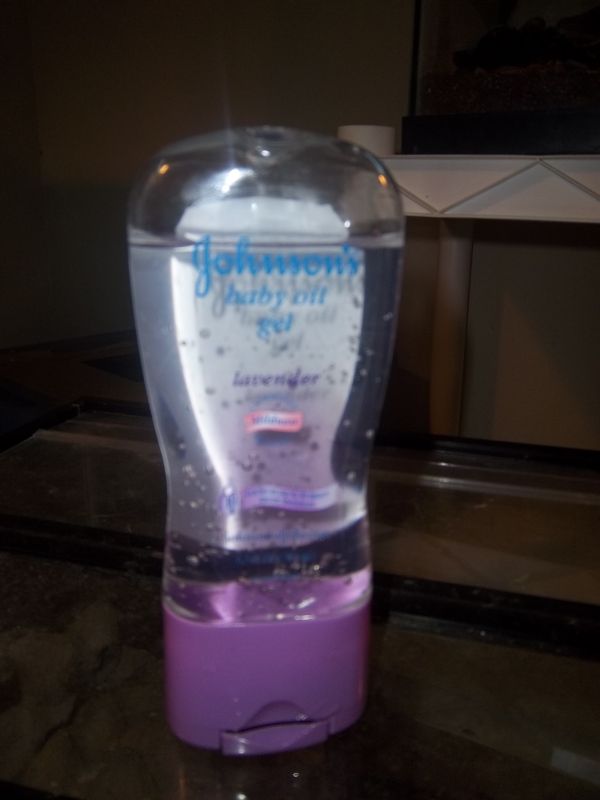slices mommy
Juvenile Dragon
- Messages
- 170
Those are actually pretty cool looking roaches 


 Where did you get the egg crates? I don't think we can eat that many eggs lol.
Where did you get the egg crates? I don't think we can eat that many eggs lol. . If they are well fed, the should have no need to try to wander
. If they are well fed, the should have no need to try to wander  .
. .
. 




do u have trouble cleaning the tubs
At least you had cats to blame. I accidentally let the crickets out of their bag while trying to get them into the cricket keeper the day I bought them. There were almost 100 crickets loose in the house. Funny though every morning my son would find 2 or 3 hiding in his shoes, they must have liked his feet smell, lol. I just let Harry out and he helped to find a few. At least I had dusted them all before they escaped.The cats knocked a carrier with cricket's off the counter in the middle of the night and let about 90 cricket's loose in the house. So the sound is pretty bad sometimes but we can all sleep still.